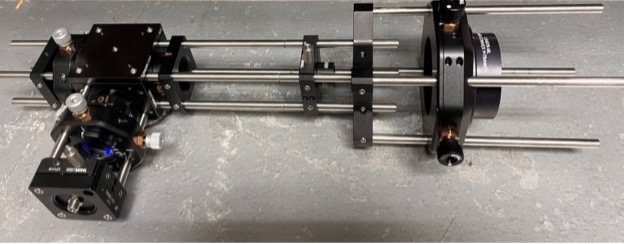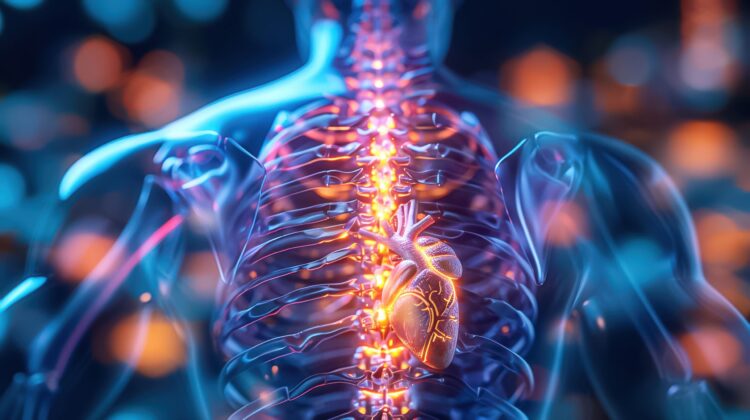Non-Invasive and Rapid Neurochemical Detection System
The Problem
33% of the world’s population are affected by neurological diseases, making it the leading cause of illness and disability in the world. Currently physicians are unable to diagnose many neurological diseases during the crucial period when treatment would be most effective. The techniques that are used for neurological disease detection often use invasive biofluid collection and involve a multi-step sample preparation period which can be very time consuming.
The Solution
Researchers at the University of Tennessee have developed a non-invasive biochemical sensor system to detect cerebrospinal fluid neurochemicals directly within the spinal cord. The system uses ultrafast, non-destructive laser beams that penetrate human tissues, concurrently with Raman spectroscopy, to perform both qualitative and quantitative neurochemical sensing. Further development of this technology will lead to enhanced chemical ID resolution and much more rapid disease diagnosis and patient care timelines.

Benefits
| Benefit |
|---|
| Allows for the detection of neurological diseases when pharmaceutical intervention would be the most effective. |
| Amenable to multiple targets on a single patient. |
| Little to no sample preparation necessary. |
| Capable of neurochemical sensing at physiologically relevant concentrations in the upper and lower cervical and mid-thoracic region. |
More Information
- Kusum Rathore
- UTRF Vice President
- 865-974-1882 | krathore@tennessee.edu
- UTRF Reference ID: 23138
- Patent Status: Patent Pending

Innovators
Bhavya Sharma

Associate Professor, Chemistry, UT Knoxville
Dr. Sharma received her PhD from the University of Pittsburgh. Her research interests are the characterization of the underlying physics and chemistry of biological processes. Her research goal is to use innovative Raman spectroscopic methods to create new approaches for the early detection of diseases.
Read more about Bhavya SharmaAvery Lauren Wood

Graduate Research Student, Department of Chemistry, UT Knoxville
Dr. Wood received her PhD at the University of Tennessee in 2023. Her dissertation research was focused on the indirect detection of hormones at low level concentration in biological samples using a Raman reporter.
Read more about Avery Lauren Wood